| Vietnam's wood pellet exports could reach over 1 billion USD by 2023. In 2022, wood chip and wood pellet exports will earn nearly 3.5 billion USD. |
Why did the export price of wood pellets drop so much?
The report “Production and export of wood pellets from Vietnam: Current situation and trends in product output markets” recently published by the Vietnam Timber and Forest Products Association in collaboration with the Binh Dinh Timber and Forest Products Association and Forest Trends Organization shows that the Russia-Ukraine conflict has pushed the price of wood pellets in the world market to very high levels.
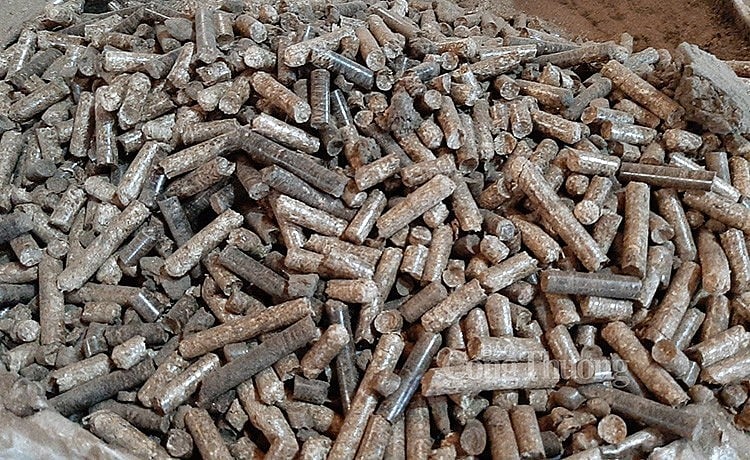 |
| Wood pellets. Photo: Nguyen Hanh |
The price of wood pellets exported from Vietnam to South Korea and Japan in the first months of 2022 fluctuated around 140 USD/ton (FOB Vietnam). The price then increased sharply, reaching 180 - 190 USD/ton in the last months of 2022 and early 2023.
Prices then fell sharply, especially in the Korean market. According to some exporters, the export price to the Korean market in June 2023 was only about 110 USD/ton while the export price to Japan was 145 - 165 USD/ton.
The first months of 2023 witnessed huge price fluctuations for Vietnamese wood pellets exported to Korea. The lowest export price (FOB Vietnam) dropped to only 78 USD/ton (April 2023). This price is determined to be below the production cost. This has caused a number of Vietnamese wood pellet enterprises, especially small enterprises without financial potential, to stop production.
Explaining the reason for the sharp drop in wood pellet prices in the Korean market, Mr. To Xuan Phuc - Policy Analyst of Forest Trends Organization said that Vietnam is the main supplier of wood pellets to Korea (supplying 80% of the total demand of this market).
However, South Korea is now diversifying its supply sources, including imports from Russia. According to some businesses, wood pellets from Russia are of good quality and cheap. Before the Russia-Ukraine conflict broke out, Russia exported about 3 million tons of pellets to the world each year, mainly to the EU.
However, due to the conflict, Russia is currently under sanctions from Western countries and Russian pellet businesses are facing difficulties in exporting.
In this context, some Russian businesses have to find alternative markets, accepting cheap export prices to penetrate the market.
However, according to Mr. To Xuan Phuc, there is not expected to be a sudden increase in the amount of wood pellets imported from Russia to South Korea in the future. The reason is that sanctions applied to Russian exports have caused state-owned energy companies and large, well-known corporations in South Korea to refuse to use pellets from this source.
“Currently, only a few small-scale, privately owned power plants in Korea use pellets from Russia. Therefore, the potential to expand the Russian pellet market share in Korea is not large,” Mr. To Xuan Phuc assessed.
In order to minimize risks for manufacturing and exporting enterprises, the Tablet Association has carried out a number of practical activities, including connecting with enterprises in Korea to provide more information on the production situation.
Since then, the export price has gradually increased. The price at the beginning of July 2023 reached about 110 USD/ton. The export price to Korea tends to increase, but there is currently no information about the rate of increase in the near future.
In addition, one of the reasons why the import price of wood pellets from Vietnam to Korea is on the rise is due to the increase in the price of input materials for pellet production in Vietnam.
In the first 5 months of 2023, the volume of wood pellets exported from Vietnam to Korea reached 0.65 million tons, equivalent to 96.1 million USD in turnover, down 41% in volume and 45% in turnover compared to the same period in 2022.
Information shared by a number of export enterprises shows that by the end of the first 6 months of 2023, the amount of wood pellets exported from Vietnam to Korea reached about 0.8 million tons. It is expected that by the end of 2023, the amount of Vietnam's exports to this market will reach about 1 - 1.5 million tons.
“Demand for wood pellets from Korea is increasing again. However, the way Korean buyers are purchasing has changed a lot. Instead of purchasing in large batches, Korean buyers are now dividing the batches into smaller batches (monthly) to reduce price pressure (large purchases, inventory),” Mr. To Xuan Phuc informed.
Demand for tablets in Japan will increase sharply in the future
Meanwhile, the Japanese market is much more stable than Korea, with long-term orders (purchase and sale contracts are usually 10 - 15 years) currently exported at prices ranging from around 145 - 165 USD/ton (FOB Vietnam).
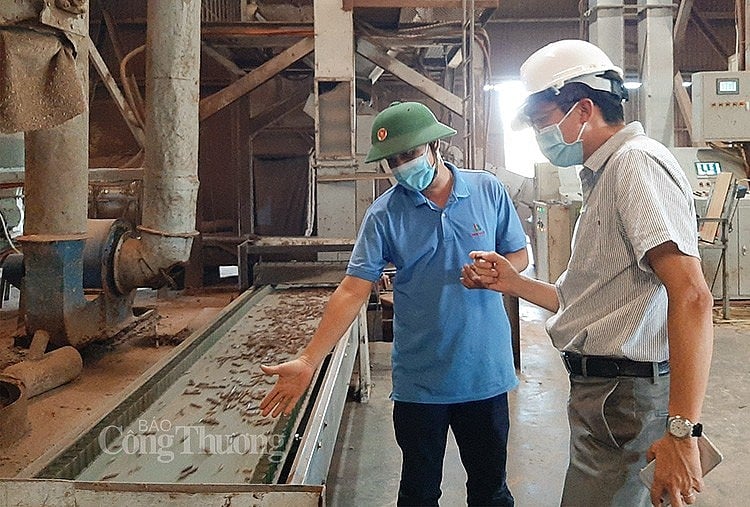 |
| Wood pellet factory for export. Photo: Nguyen Hanh |
In addition to long-term contracts, some Japanese companies also have short-term contracts with some Vietnamese suppliers. The prices of short-term contracts are often lower than those of long-term contracts (currently around 125 USD/ton, FOB), with the quality equivalent to products exported under long-term contracts.
In the first 5 months of 2023, the amount of wood pellets exported from Vietnam to Japan reached 0.87 million tons, with a turnover of 151 million USD. The export volume decreased by 5.7% while the turnover increased by 19.7% compared to the same period in 2022.
All wood pellets exported to Japan require FSC certification. Raw materials for wood pellets exported to Japan come from domestic plantations, mainly acacia trees. This raw material source is different from the raw material source for wood pellets exported to Korea.
According to information from some businesses, Japan currently uses about 8 million tons of pellets each year, of which 40 - 50% are oil palm kernel shells, the rest (50 - 60%) are wood pellets.
It is expected that by 2030, the demand for pellets in Japan will increase to 20 million tons, of which wood pellets will account for about 13 - 15 million tons (the rest is oil palm kernel).
The demand for tablets in Japan will expand in the future. This is a great opportunity for Vietnamese enterprises, especially those with stable input materials and sustainable certification, large-scale production plants, and systematic management.
According to statistics from the General Department of Customs, the number of wood pellet exporting enterprises in Vietnam has increased from 123 enterprises in 2020 to 152 enterprises in 2022.
Besides positive factors, in the future, Vietnamese wood pellet exporting enterprises will have to face competition from pellets from other countries, especially factories in Indonesia and Malaysia.
Source link






![[Photo] Closing of the 11th Conference of the 13th Central Committee of the Communist Party of Vietnam](https://vstatic.vietnam.vn/vietnam/resource/IMAGE/2025/4/12/114b57fe6e9b4814a5ddfacf6dfe5b7f)
![[Photo] Overcoming all difficulties, speeding up construction progress of Hoa Binh Hydropower Plant Expansion Project](https://vstatic.vietnam.vn/vietnam/resource/IMAGE/2025/4/12/bff04b551e98484c84d74c8faa3526e0)


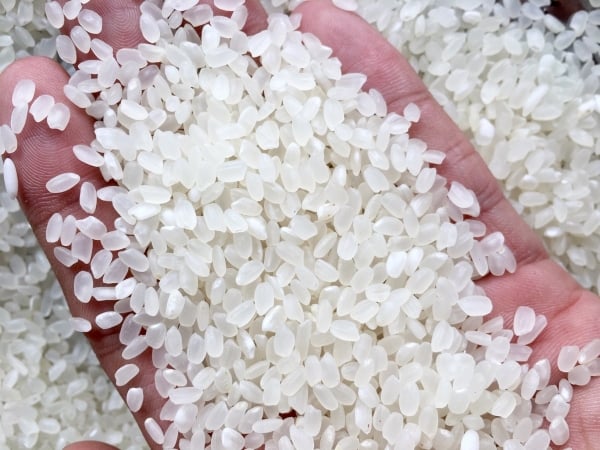
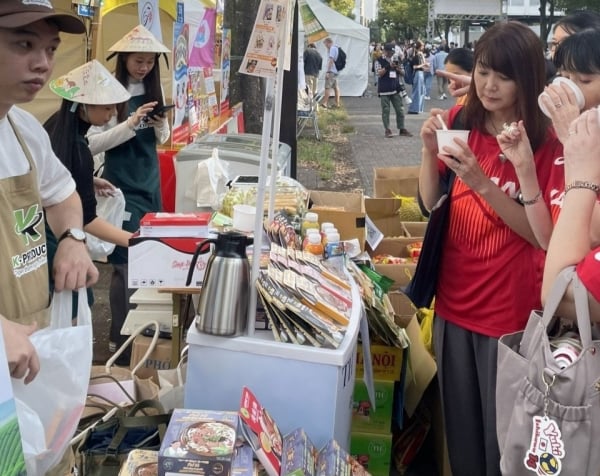

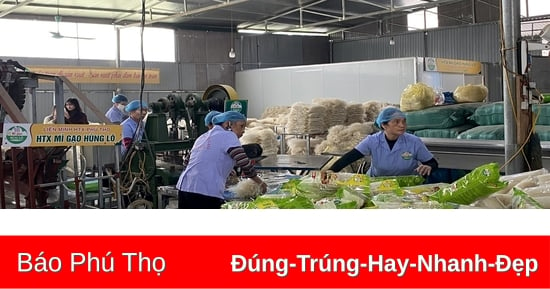












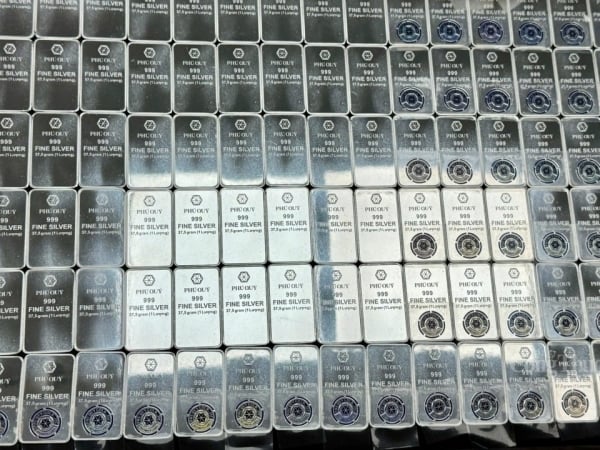
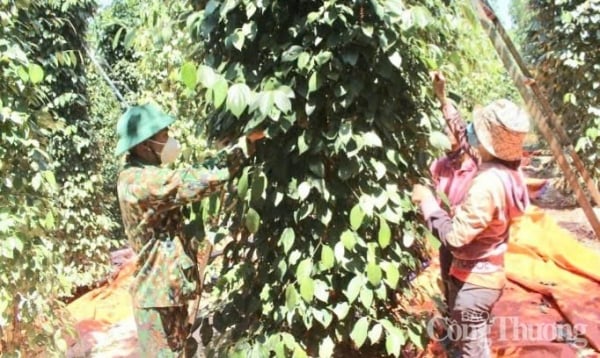

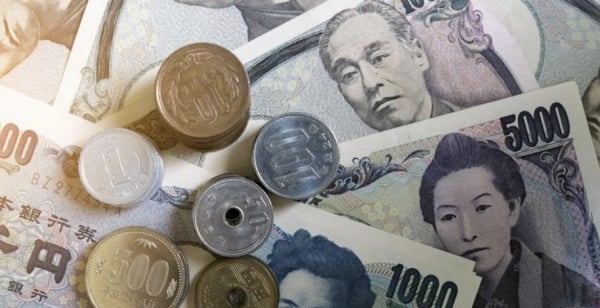














































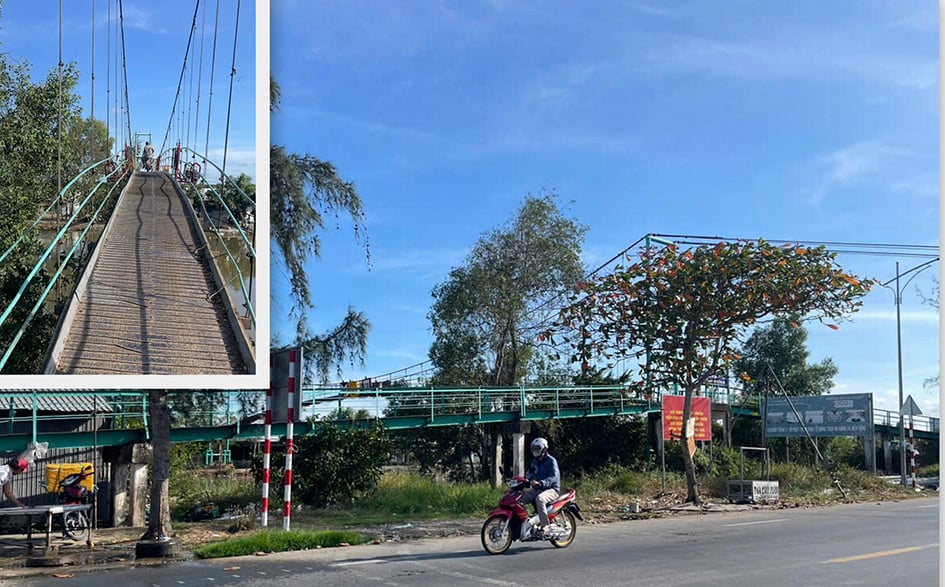
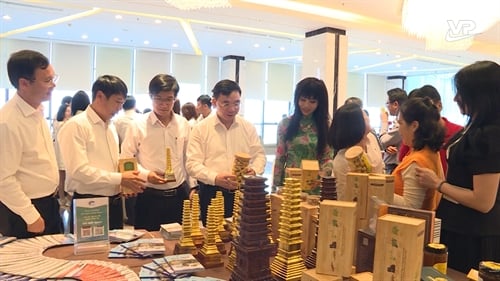



















Comment (0)